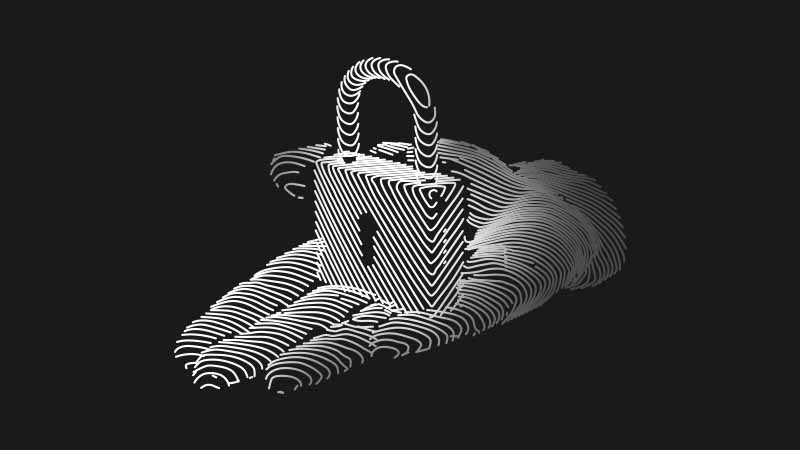Cyber Threat Intelligence
Informing security solutions to combat looming and ever-evolving cybersecurity threats.
Cyber threat intelligence is knowledge: through planning, collecting, processing, analyzing, disseminating, and discussing data, an organization can gain vital knowledge in identifying, halting, and/or preventing cybersecurity threats and intrusions.
Digital Cloak currently provides Cyber Threat Intelligence (CTI) services—including tactical, operational, and strategical threat intelligence—to multiple clients. In using the threat intelligence lifecycle, we assist clients in identifying current vulnerabilities; understanding the motives, means, and strategies of malicious actors; and producing informed risk management strategies to prevent future cybersecurity threats.

The Lifecycle of Cyber Threat Intelligence
The threat intelligence lifecycle is a cyclic process that revolves around transforming raw data and information into a managed product that effectively informs decision-making and action. In this intelligence lifecycle, we create an initial goal and methodology; collect, process, and analyze raw data; and produce threat intelligence for dissemination and vetting that can inform stakeholders and future threat intelligence operations.
Cyber Threat Intelligence Process
Plan. Collect. Process. Analyze. Disseminate. Feedback.
Planning
In the planning stage, we will set a road map to address a specific threat intelligence operation. Based on the stakeholder requirements, we will create the goals and methodology needed to answer cybersecurity questions and understand potential attackers, threats, and target vulnerabilities.
Using our red team experience in execution of recon activities, we leverage our knowledge base to consider all angles of attack that the majority of threat actors would consider.
Collection
After the planning stage, we will collect any raw data that could help in satisfying the proposed goals and objectives. This information can come from a variety of sources, including threat intelligence feeds, publicly available data sources, information-sharing communities, social media, logs collected through Security Information and Event Management (SIEM) capabilities, industry or subject matter experts, etc.
Processing
The collected raw data can come from a wide variety of sources, so we will aggregate and compile it into an appropriate format for further analysis. This process includes decrypting files, translating foreign sources, organizing datasets, and identifying initial trends and patterns in the data. Machine learning and Artificial Intelligence (AI) can often help to automate this process and streamline the delivery for analysis.
Analysis
Once the raw data has been processed, it can now become true threat intelligence. We will analyze the found information to answer the initial questions from the planning stage. After verifying trends and identifying other insights from the dataset, we will inform stakeholders of their findings.
Dissemination
While inherently technical, we will translate our findings from the analysis stage into digestible formats for the appropriate stakeholders. The produced action items and recommendations are generally concise and in plain language so that a layman audience can fully understand them. From this insight, actions can be taken to mitigate an existing problem and/or prevent future issues.
Feedback
After successfully distributing our findings to stakeholders, we will reflect on our research and determine if we met our initial requirements from the planning stage or if any adjustments need to be made for future threat intelligence lifecycles. Adjustments could relate to changes in stakeholder needs, newly identified information gaps, or unanswered/new questions that arise during the debrief. At this point, the threat intelligence lifecycle would begin anew.

How Digital Cloak Can Help
At the heart of security intrusions are humans: people/organizations with motives, strategies, and information that they use intentionally. And just as these malicious individuals/groups use malware as a tool, Digital Cloak can use CTI as an important process in identifying, counteracting, and ultimately preventing or mitigating the impacts of potential intrusions.
We provide real-time tracking and understanding of CTI by utilizing multiple open-source, corporate, and government information-sharing channels. Our team is comprised of veteran intelligence analysts with a wide background in various forms of collection, management, and dissemination on intelligence operations and are trained in understanding threat indicators, the impact of intrusions, and appropriate responses to potential intrusions.
Our goal is to provide the best possible intelligence digestion and reporting to ensure that your cybersecurity is in intact. Through our work in providing real-time responses to potential intrusions and raised concerns, we have established a trusted relationship with existing clients in the cybersecurity space. With a foundation based on Mission Assurance concepts, we will provide an accessible, clear, and robust understanding of the proverbial cybersecurity battleground.